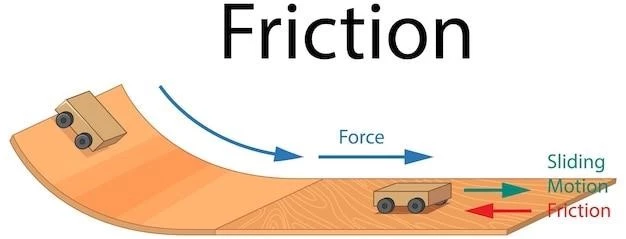Gravitational waves, ripples in the fabric of spacetime, were first predicted by Albert Einstein in 1916 as a consequence of his general theory of relativity. These waves carry information about the most violent and energetic events in the universe٫ such as the collision of black holes and neutron stars. However٫ due to their extremely weak nature٫ it took nearly a century for scientists to develop the technology to detect them directly.

The Search for Gravitational Waves
The search for gravitational waves began in the 1960s with the development of sensitive detectors called interferometers. These instruments use laser beams to measure tiny changes in the distance between two mirrors separated by a long arm. If a gravitational wave passes through the detector, it will cause a slight stretching and squeezing of spacetime, which will be detected as a change in the distance between the mirrors.
The first generation of interferometers, such as the Laser Interferometer Gravitational-Wave Observatory (LIGO) in the United States, were not sensitive enough to detect gravitational waves. However, they provided valuable data that helped scientists refine their search strategies and improve the sensitivity of future detectors.
The Discovery of Gravitational Waves
In 2015, the Advanced LIGO detectors, which are significantly more sensitive than their predecessors, made the first direct detection of gravitational waves. The signal, designated GW150914, was generated by the merger of two black holes about 1.3 billion light-years from Earth. This groundbreaking discovery opened a new window on the universe, allowing scientists to study objects and phenomena that are otherwise invisible to telescopes.
The Impact of Gravitational Wave Astronomy
The detection of gravitational waves has revolutionized our understanding of the universe. It has provided direct evidence for the existence of black holes, confirmed Einstein’s theory of general relativity in extreme environments, and revealed new insights into the evolution of stars and galaxies. Gravitational wave astronomy has also opened up new avenues for research, allowing scientists to study the properties of neutron stars, the early universe, and the nature of dark matter.
Future Prospects
The field of gravitational wave astronomy is rapidly evolving. New detectors are being built around the world, including the Virgo detector in Italy and the KAGRA detector in Japan, which will work together to form a global network. These detectors will be even more sensitive than current instruments, allowing scientists to detect a wider range of gravitational wave sources and study them in greater detail;

Conclusion
The detection of gravitational waves is a monumental achievement in science, marking a new era of astronomical exploration. This groundbreaking discovery has opened up a new window on the universe, allowing us to study the most extreme and enigmatic objects and phenomena. As the field of gravitational wave astronomy continues to advance, we can expect to make even more exciting discoveries in the years to come.










